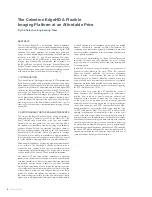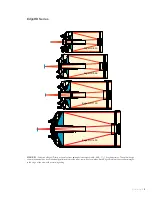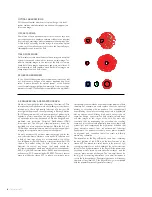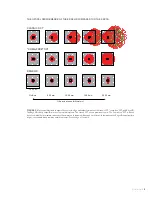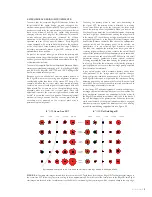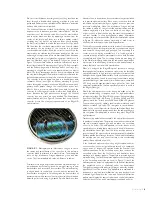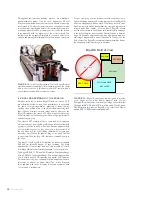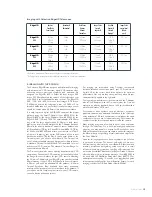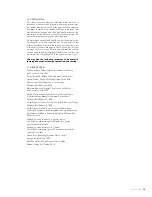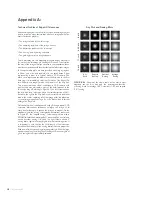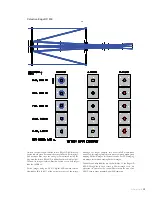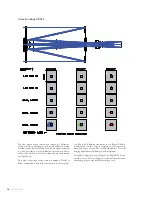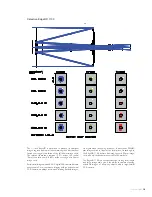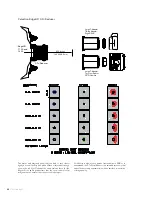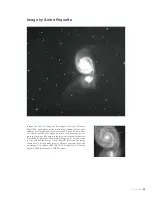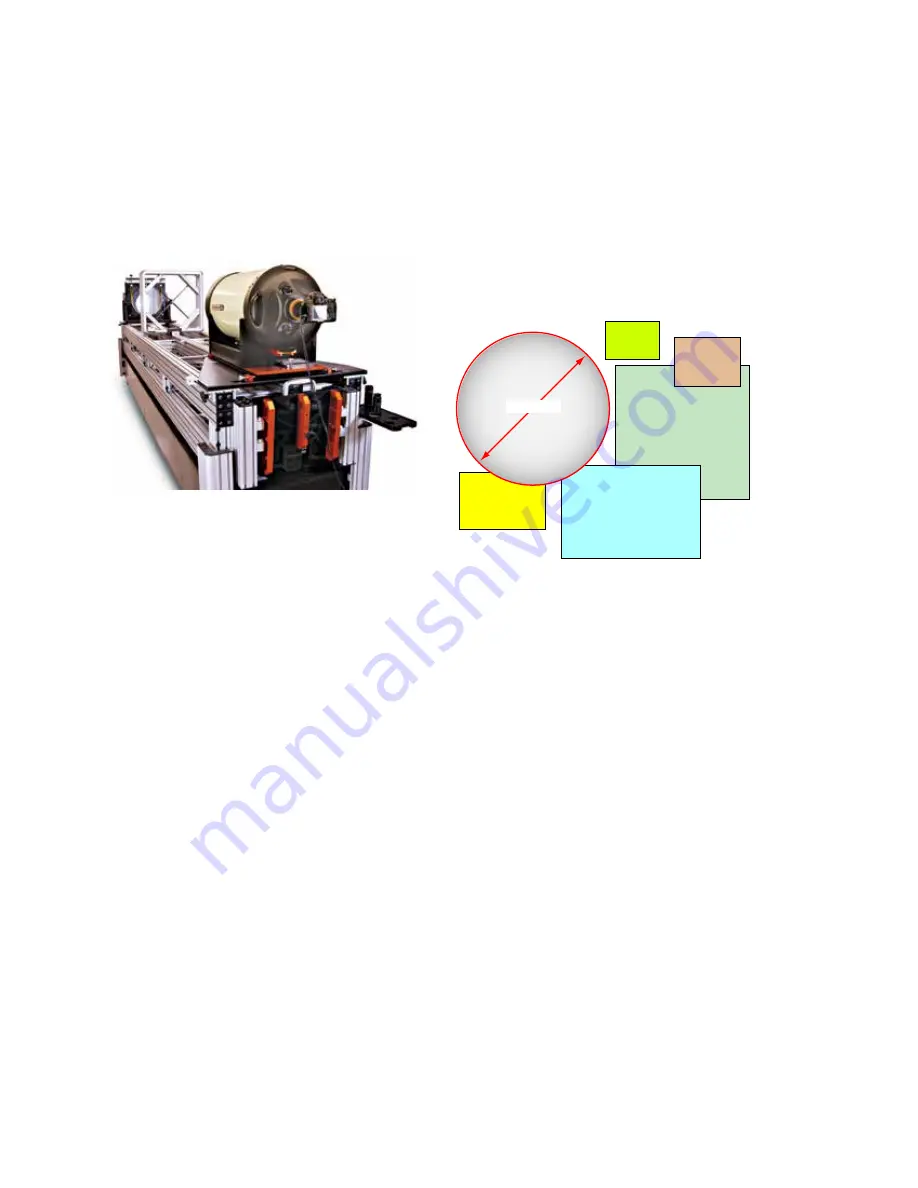
12
I
The Celestron EdgeHD
Throughout the telescope-building process, we maintain a
quality-assurance paper trail for each instrument. All test
images are numbered and cross referenced. Should a telescope
be returned to Celestron for service, we can consult our records
to see how well it performed before it left our facility. Once a tele-
scope has passed the FAT, we apply Loctite
®
to the set screws
to permanently hold the alignment of the corrector plate. The
instrument is then inspected carefully for cosmetic defects. It is
cleaned and packaged for shipment to our dealers and customers.
8. VISUAL OBSERVING WITH THE EDGEHD
Because both the Celestron EdgeHD and our classic SCTs
are diffraction-limited on-axis, their performance is essentially
the same for high-magnification planetary or lunar viewing,
splitting close double stars, or any other visual observing task
that requires first-rate on-axis image quality. However, the
EdgeHD outshines the classic SCT when it comes to observing
deep-sky objects with the new generation of high-performance
wide-field eyepieces.
The classic SCT exhibits off-axis coma and field curvature
which are absent from the EdgeHD design. Modern wide-field
eyepieces, such as the 23mm Luminos, have an apparent field
of view of 82 degrees, so they show you a larger swatch of
the sky. Gone are the light-robbing radial flares of coma and
annoying, out-of-focus peripheral images so sadly familiar
to observers. With the EdgeHD, stars are crisp and sharp to
the edge.
The back of the EdgeHD 800 features an industry standard
2.00×24 tpi threaded flange. A large retaining ring firmly
attaches the 1¼-inch visual back, and this accepts a 1¼-inch
Star Diagonal that will accept any standard 1¼-inch eyepiece.
The EdgeHD 925, 1100, and 1400 feature a heavy-duty flange
with a 3.290×16 tpi threaded flange. This oversize flange allows
you to attach heavy CCD cameras and digital SLR cameras.
For visual observing, use the adapter plate supplied with each
telescope to attach the Visual Back. The 2-inch Diagonal
(also supplied with these telescopes) accepts eyepieces with
1¼-inch and 2-inch barrels.
To your discerning eye—as an observer with experience—on a
night with steady air and good seeing, a properly cooled EdgeHD
performs exceptionally well on stars. You will see a round, clean
Airy disk, a single well-defined diffraction ring, and symmetrical
images inside and outside of focus. Every EdgeHD should
resolve double stars to the Dawes limit, reveal subtle shadings
in the belts of Jupiter, and reveal the Cassini Division in Saturn’s
rings. On deep-sky objects viewed with a high-quality eyepiece,
star images appear sharp and well defined to the edge of the
field of view. The EdgeHD reveals faint nebular details as fine as
the sky quality at the observing site will allow.
FIGURE 12.
In the Final Acceptance Test, the EdgeHD optics
must demonstrate the ability to form sharp images at the center
and in the corners of a full-frame digital SLR camera, with a
sensor that measures 42mm corner-to-corner.
FIGURE 13.
EdgeHD telescopes are designed to provide
good images across a flat 42mm diameter field of view.
Compare this with the size of a variety of image sensor formats.
The popular APS-C digital SLR format fits easily. The full-frame
DSLR format is fully covered. EdgeHD even covers the 36.8mm
square KAF-16803 format remarkably well.
KAF-16803
KAF-8300
APS-C DSLR
Full-Frame DSLR
KAI-10002
KAF-3200
42 mm
∅
EdgeHD Field of View


